By Nii B. Andrews.
The widespread events sparked by a brutal murder on a Minneapolis street have brought into sharp focus the unique castles and coconut palms along Ghana’s coastline.
Several of the castles are UNESCO world heritage sites including the Osu Castle where the archeologist Rachel Engmann has adopted a collaborative approach to her digs.
She explained, “Our team includes descendants whose ancestors lived close to the castle during the 18th century, and who continue to do so today. Historical archaeology at the Castle adopts a multiple lines of evidence approach, employing artifacts, texts, oral narratives and ethnography.
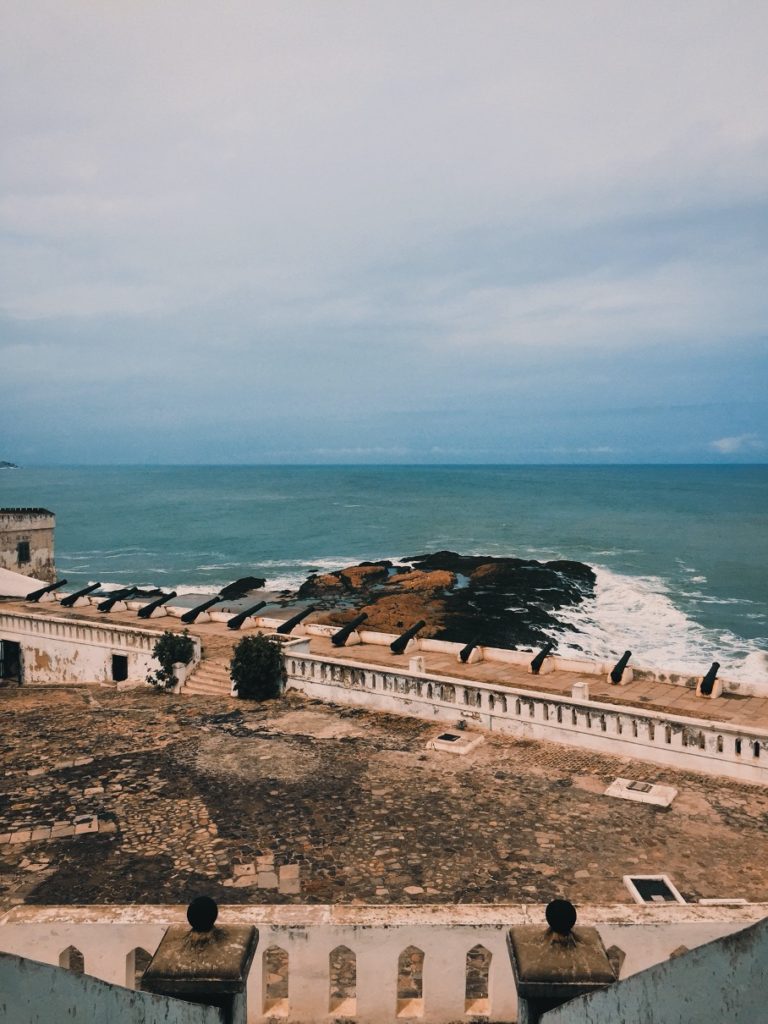
This is in keeping with the notion that there are multiple, competing readings of the past, creating a dialogue between different understandings of the African, European and Afro-European experience.”
Between 1694 and 1803; at least 100,000 enslaved Africans were transported from the Osu Castle to the Danish West Indies.
The whole enterprise was underpinned by an odious philosophy with no scientific basis whatsoever; an arbitrary taxonomy espoused from the darkest recesses of warped minds.
Five years ago and almost 300 years later, a young Ghanaian photographer, David Prah, was at the beach in Elmina while mulling his future.
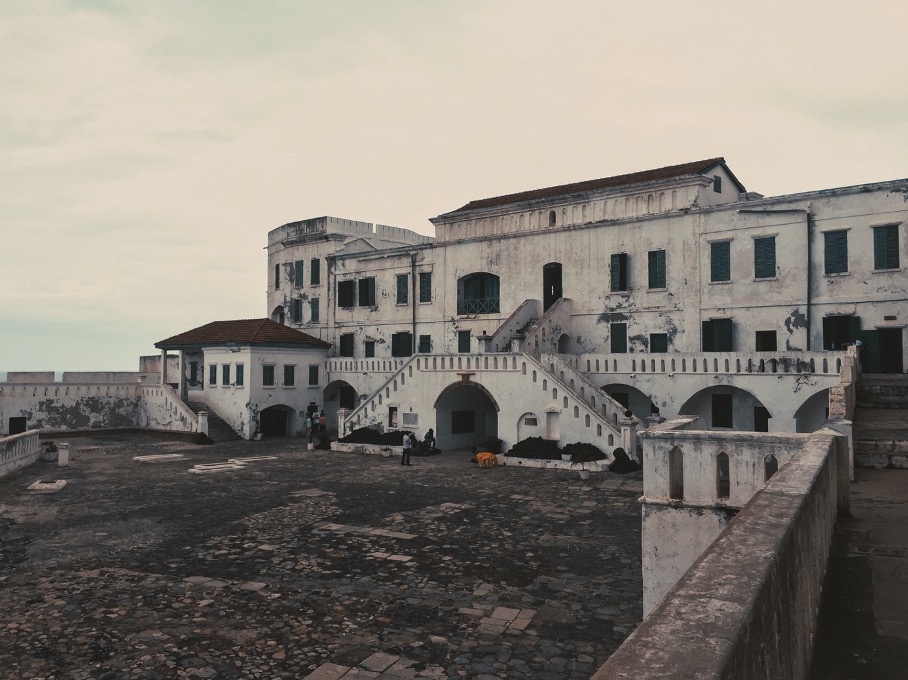
He was able to conflate ideas on longing, belonging, identity and migration – voluntary, involuntary and forcibly violent.
Film school in Paris was one of his options.
Prah lay swaying that morning in a hammock under the coconut palms with the brooding walls of the Elmina Castle not too far away.
As he looked westward the variegated blue and green hues of the sea started beyond the ochre and black rock, then stretched all the way, beyond the horizon, to the New World- the site of genocide of indigenous populations; Taino, Native American, Maya.
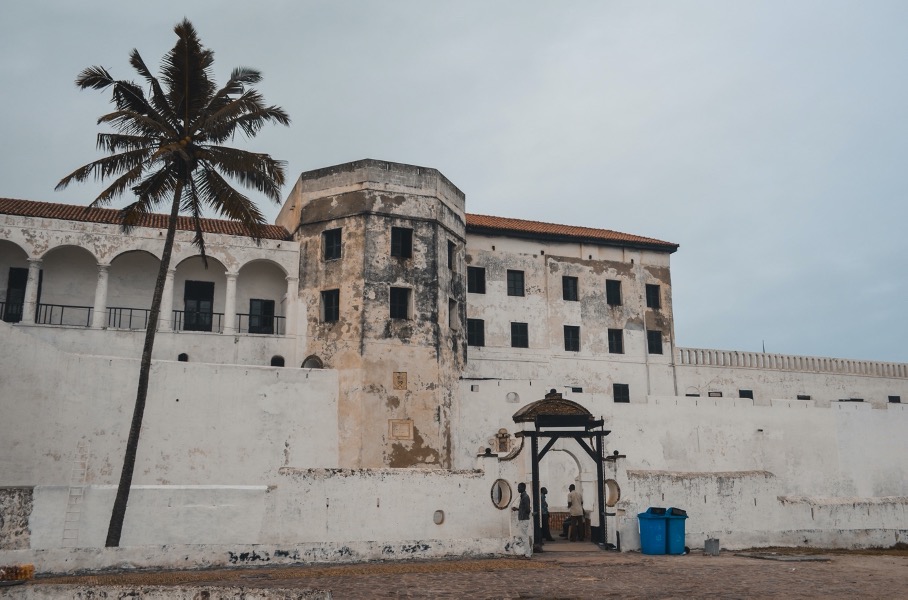
And also sadly, the site of chattel slavery – almost certainly the most dehumanizing and systematic form of exploitation ever perpetuated on this planet….America’s original sin for which it must atone in its totality.
The historical archeology of chattel slavery also includes: possibly millions of Africans forcibly entombed in the Atlantic; today’s despicable attitudes of a dog walker in Central Park with a shrill voice and a mobile phone; nasty militarized cops in various US cities; rude immigration officials at US embassies in Africa; and a sense of entitlement, brashness and narrow mindedness by most US tourists almost everywhere.

“We won’t quit until we get our share”, says the African- American R&B song, “we rather die on our feet than keep livin’ on our knees” and it also appears to be the message from the palms as they sway to the rhythm of the waves and wind while still reaching upwards even as they continue to produce edible fruit.
Prah’s lens captures with an effortless lyricism five stalwart coconut palms, their fronds majestic against the grey sky. Another four wave in salute against a backdrop of blue and white.
There is no need for any canons on the castle ramparts to boom in support across the pond, no.
We folks on this side need to get our act together as a strong, posh Africa.
That will be the best collaborative approach- the real game changer.
African Americans return to Cape Coast and Elmina as heritage tourists buoyed up recently with the YEAR OF RETURN and a sustained marketing blitz.
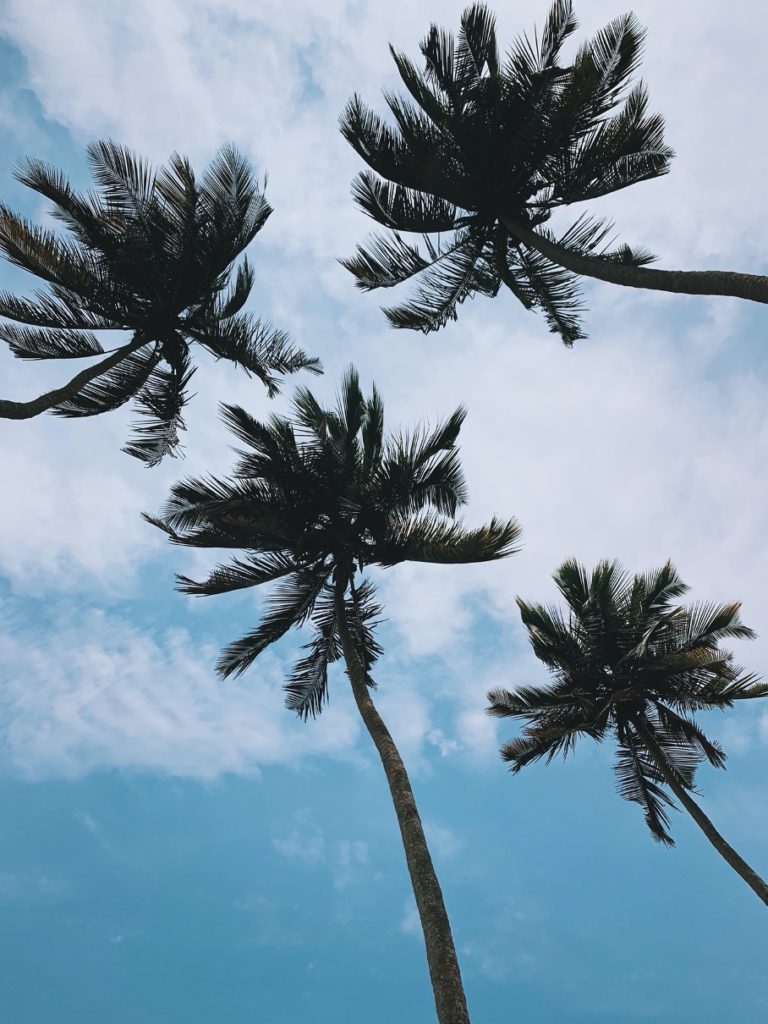
They are encouraged to imagine themselves as family members returning to a welcoming home.
The historian Sandra Richards notes that, “the memorial sites produce, for both hosts and ‘returnees,’ more contradictory responses that register the tension and dissimilarity, as well as unifying bonds, of ‘family.’ “
A cosmopolitan mix of visitors is also attracted to these sites thus turning them into “contact zones” defined by cultural studies scholar Mary Louise Pratt as “a space of colonial encounters, the space in which peoples geographically and historically separated come into contact with each other and establish ongoing relations, usually involving conditions of coercion, radical inequality, and intractable conflict.”
The photos of David Prah convey some of that palpable tension which today remains unresolved on both sides of the Atlantic – whether on a Minneapolis street or at a counter at Madrid Airport – and even beyond.
If you can breathe, then stay “woke”.
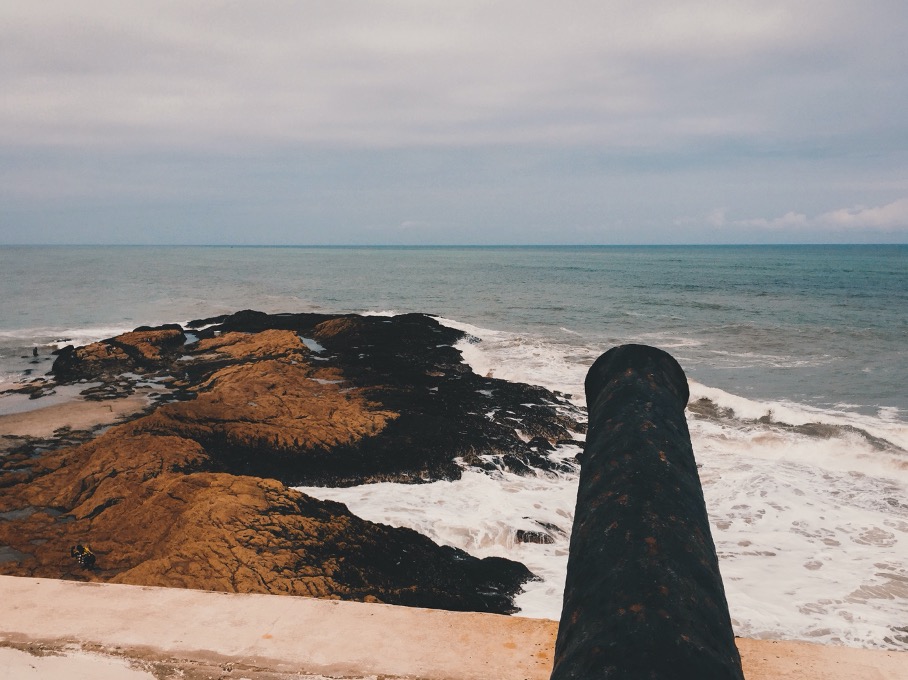
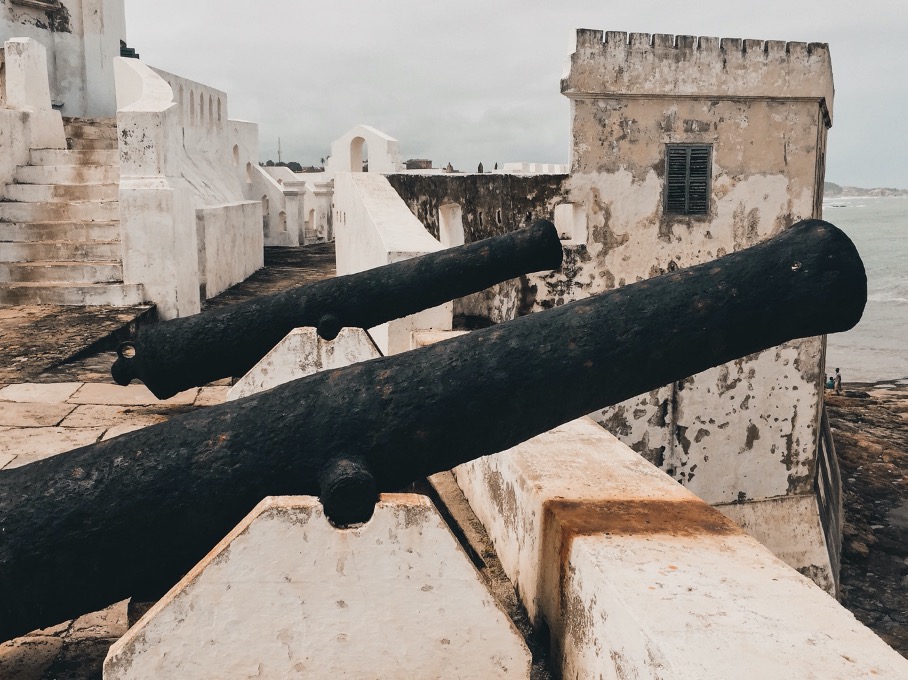
**All photos courtesy of David Prah.
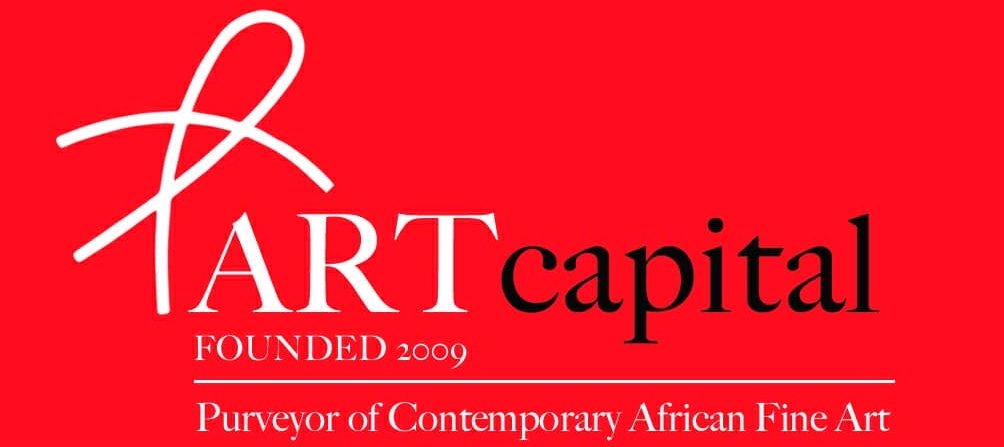
Excellent piece 👏🏼👏🏼
What an interesting article showing the connection between Minneapolis and Castles and the current problems in America and beyond.
A sad historical heritage that must be protected for memory.
Thank you for this tragic but beautiful account.